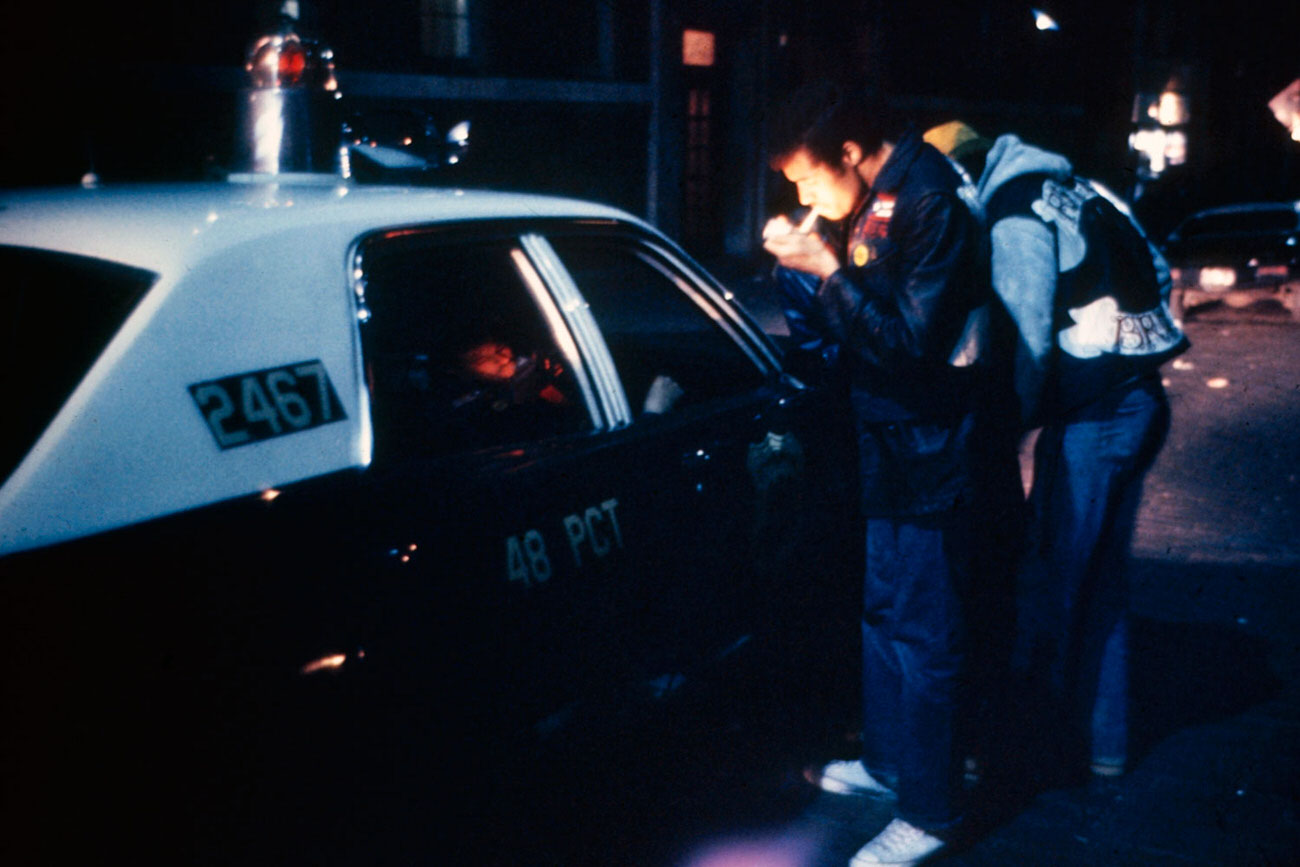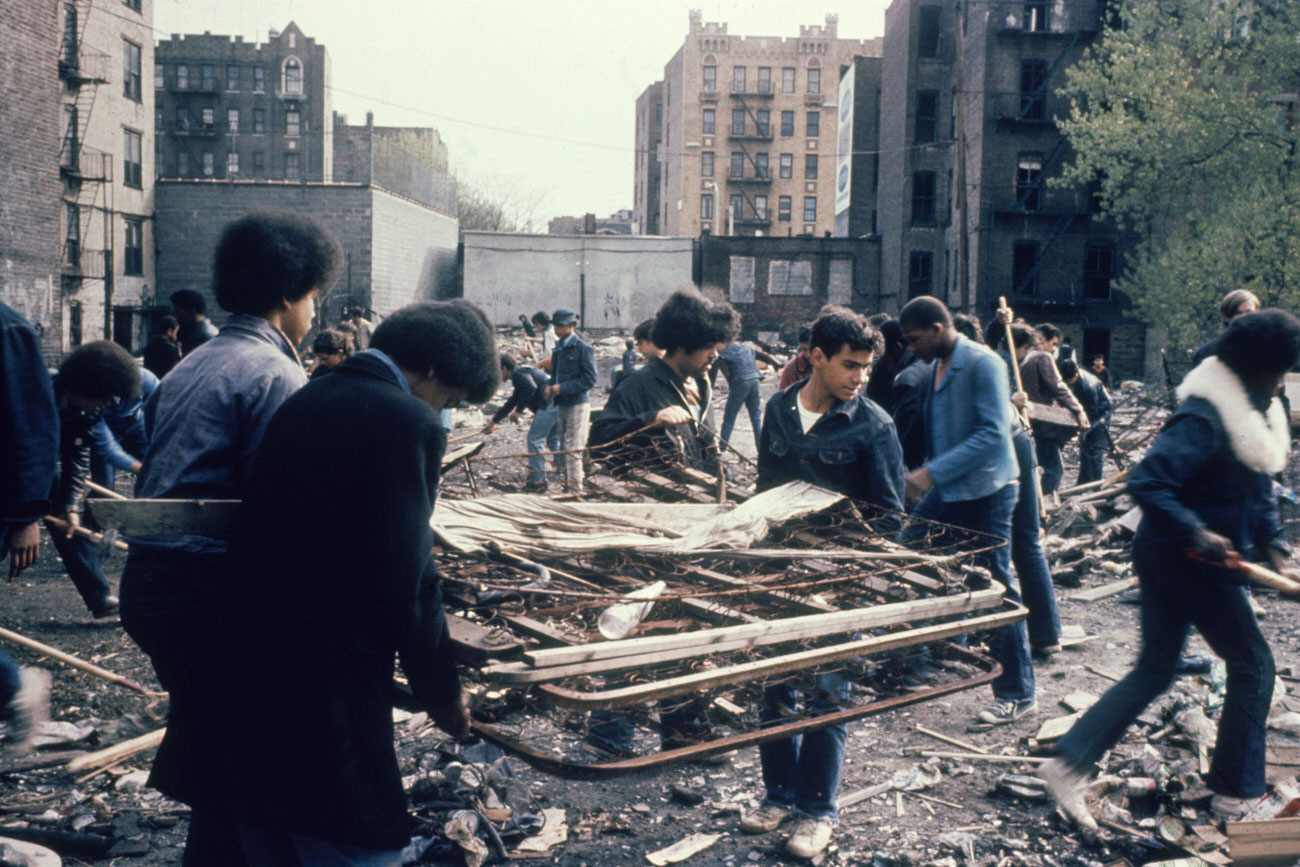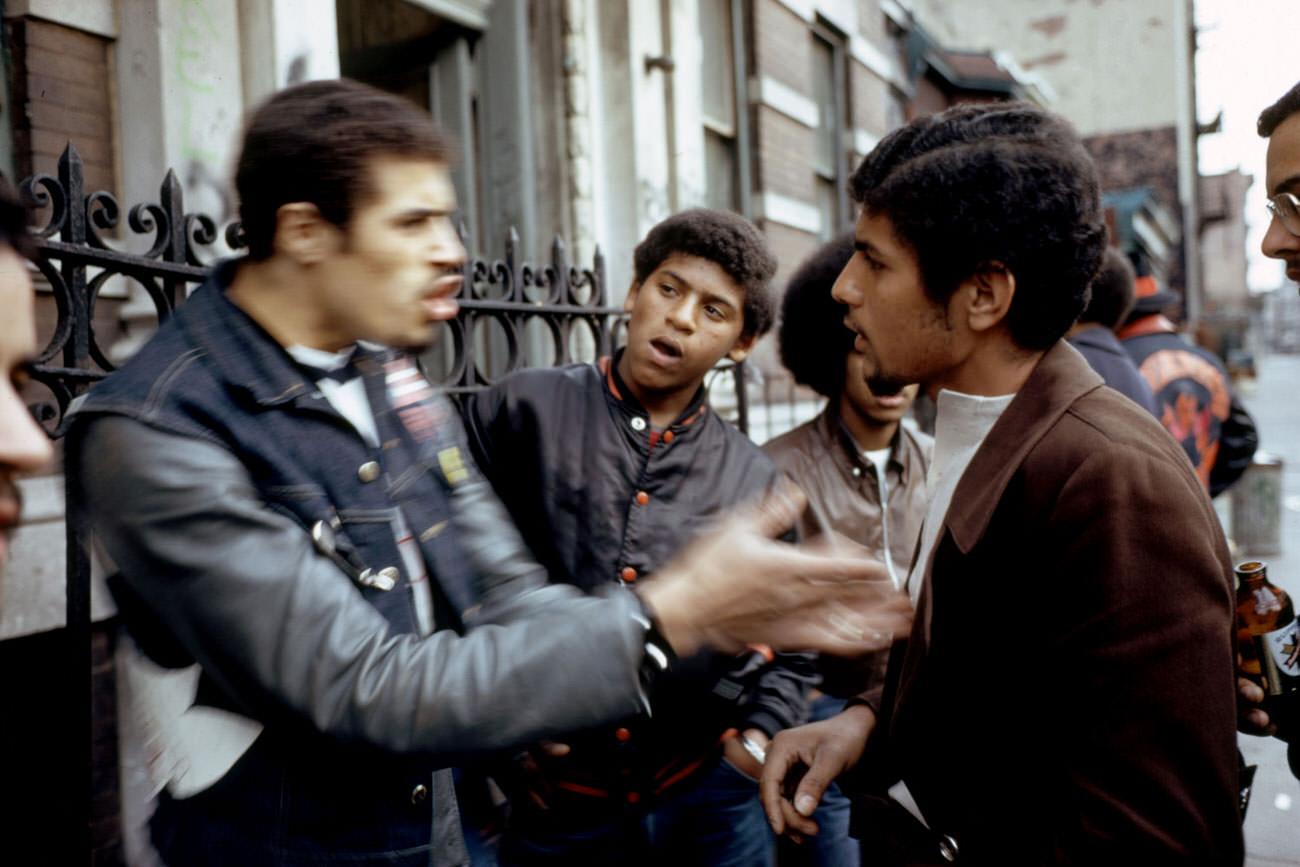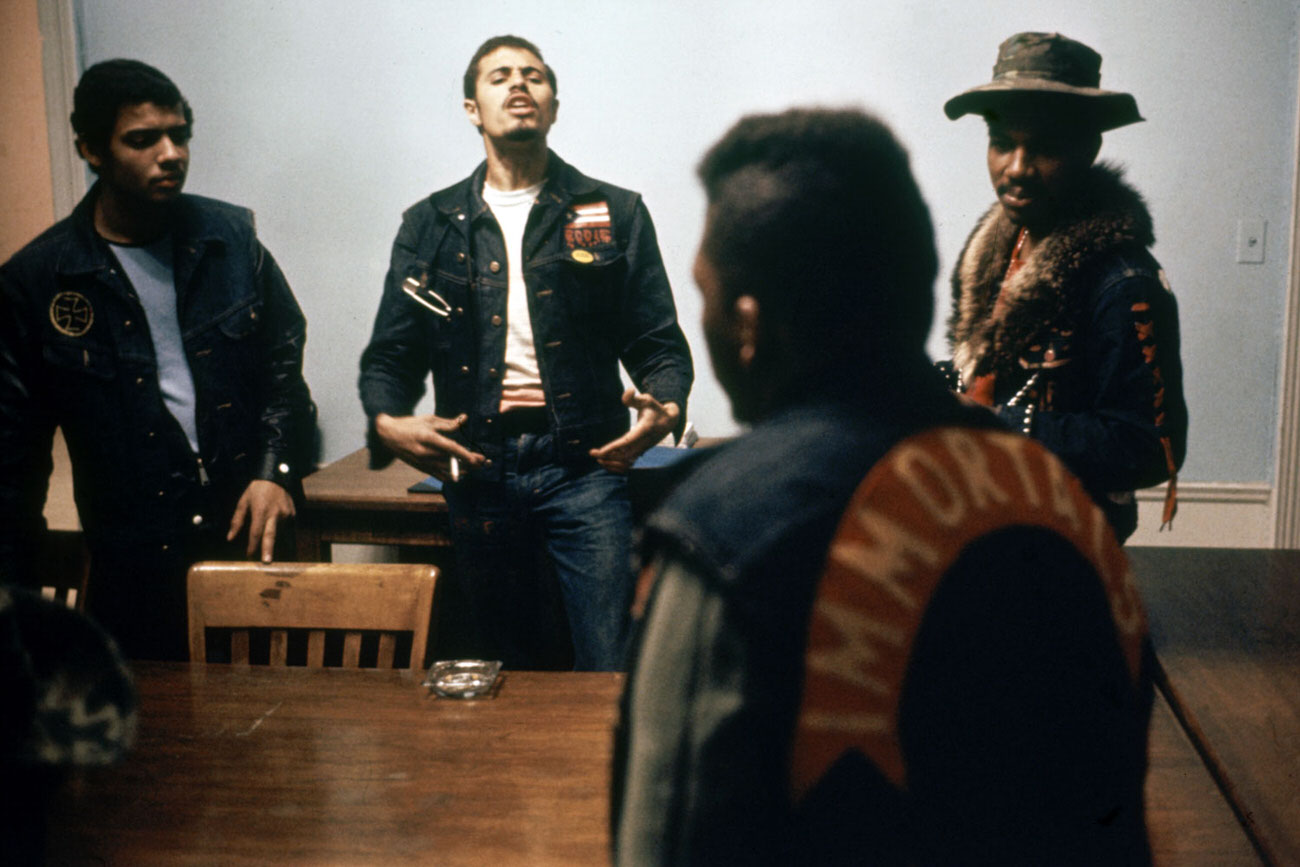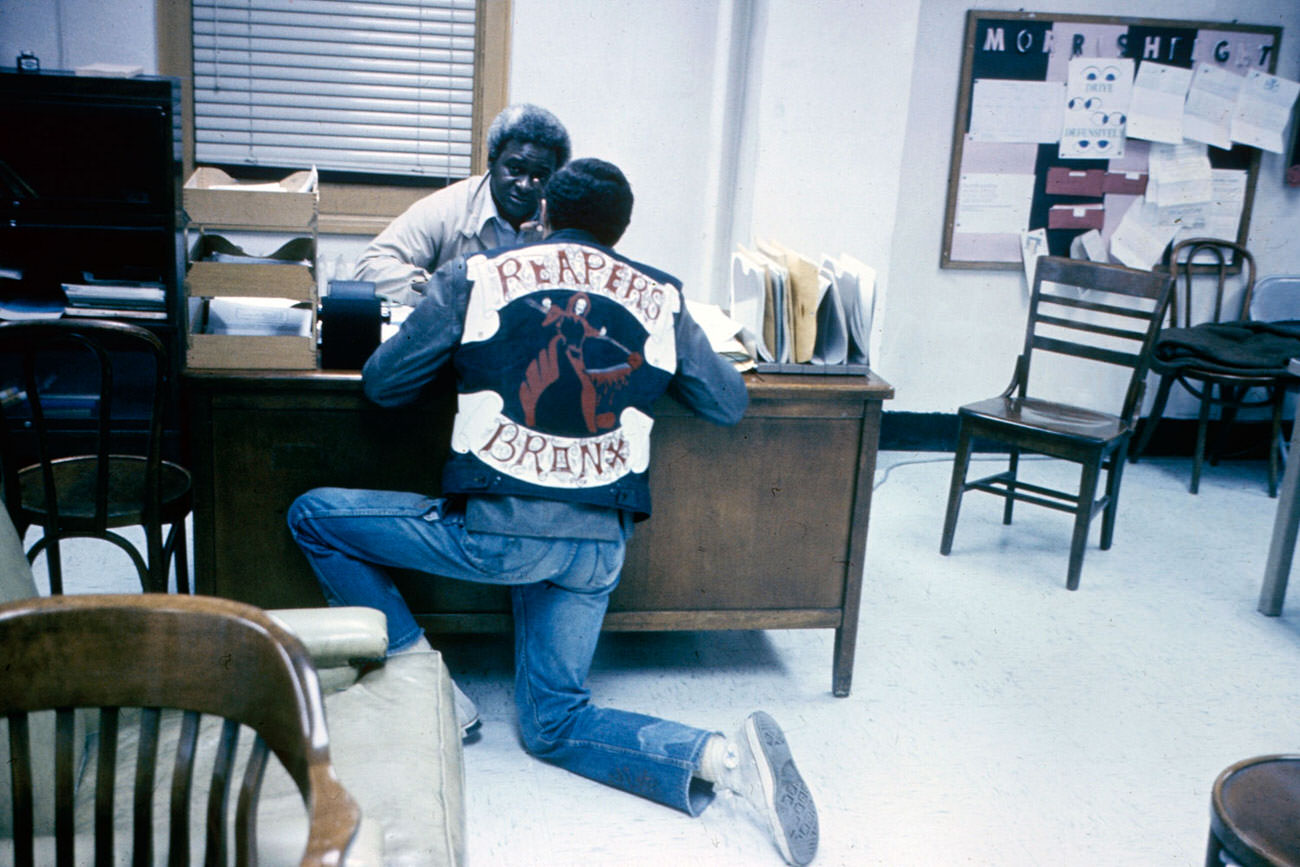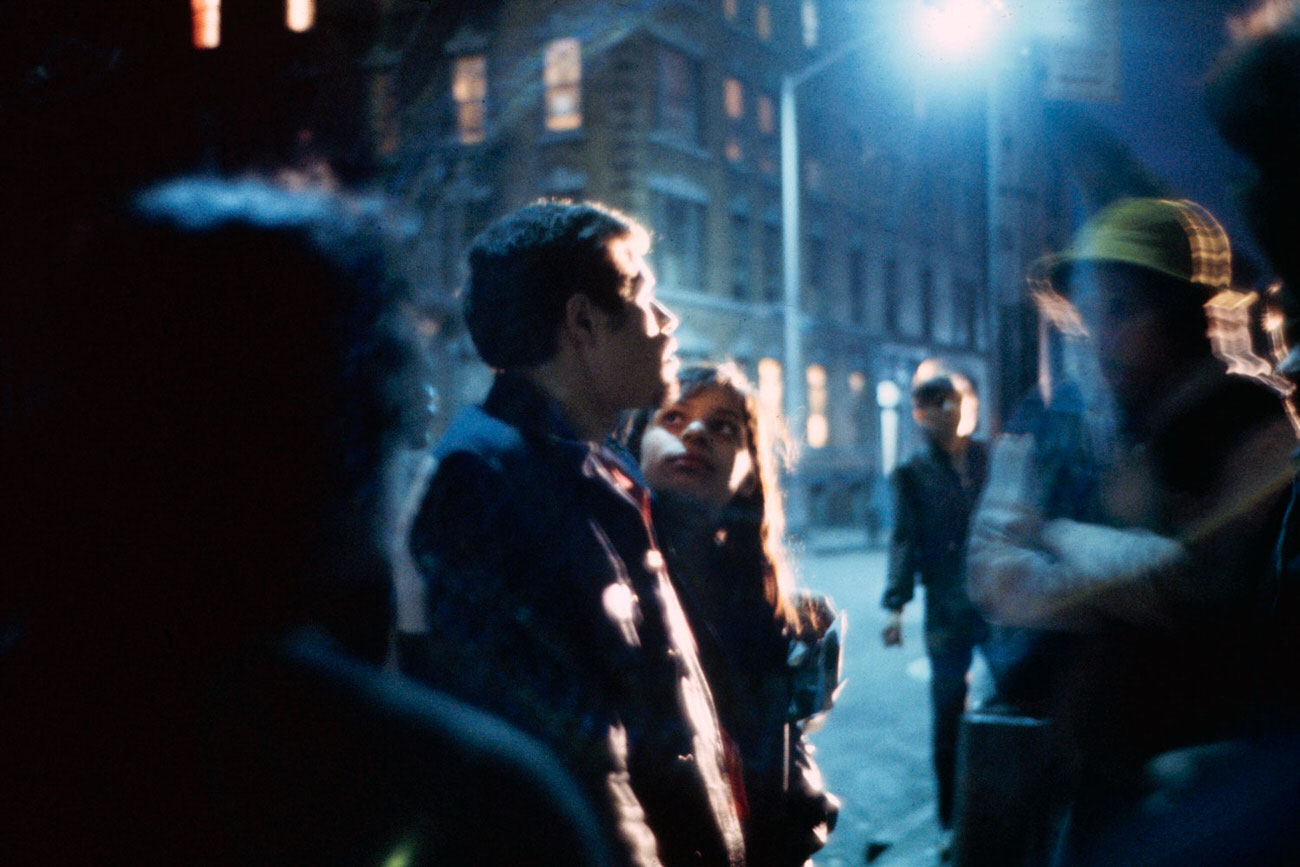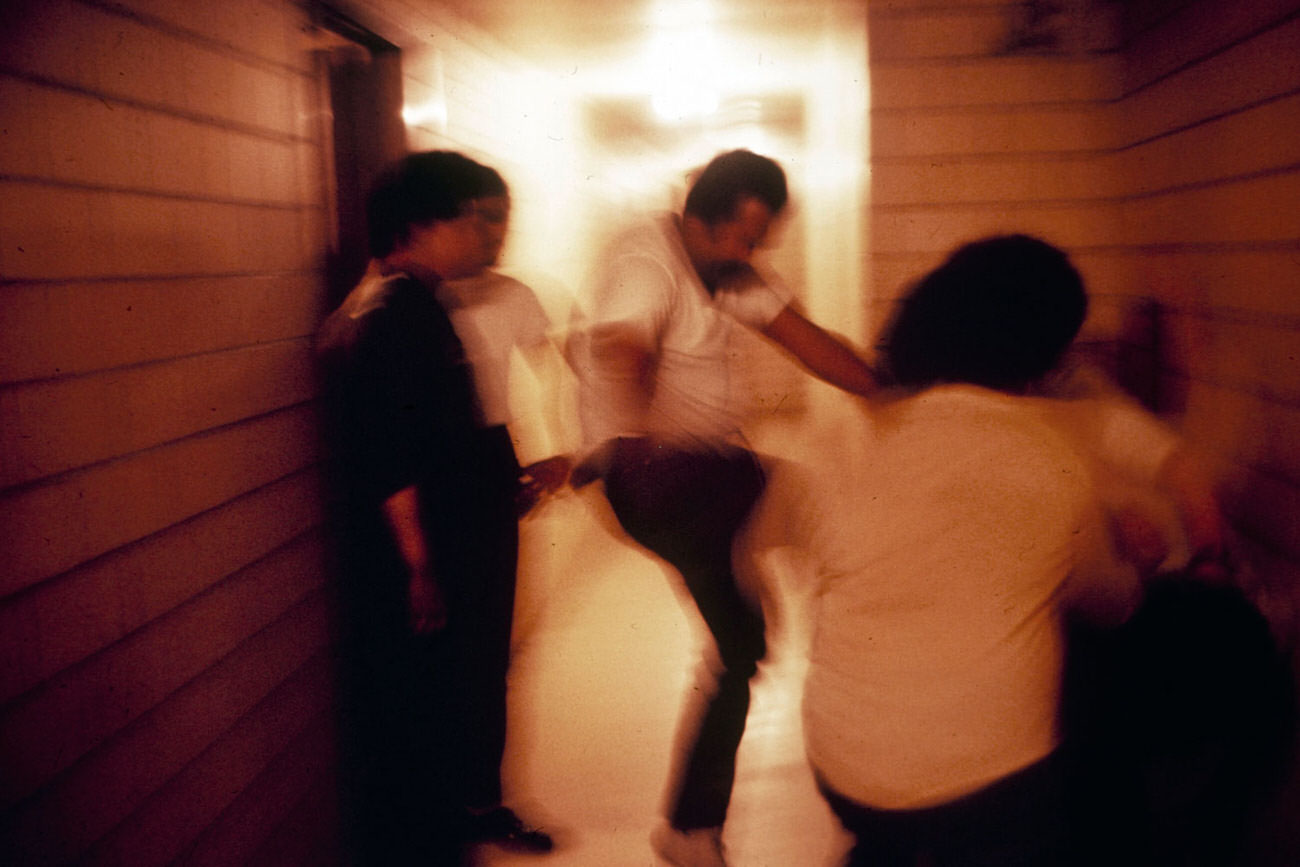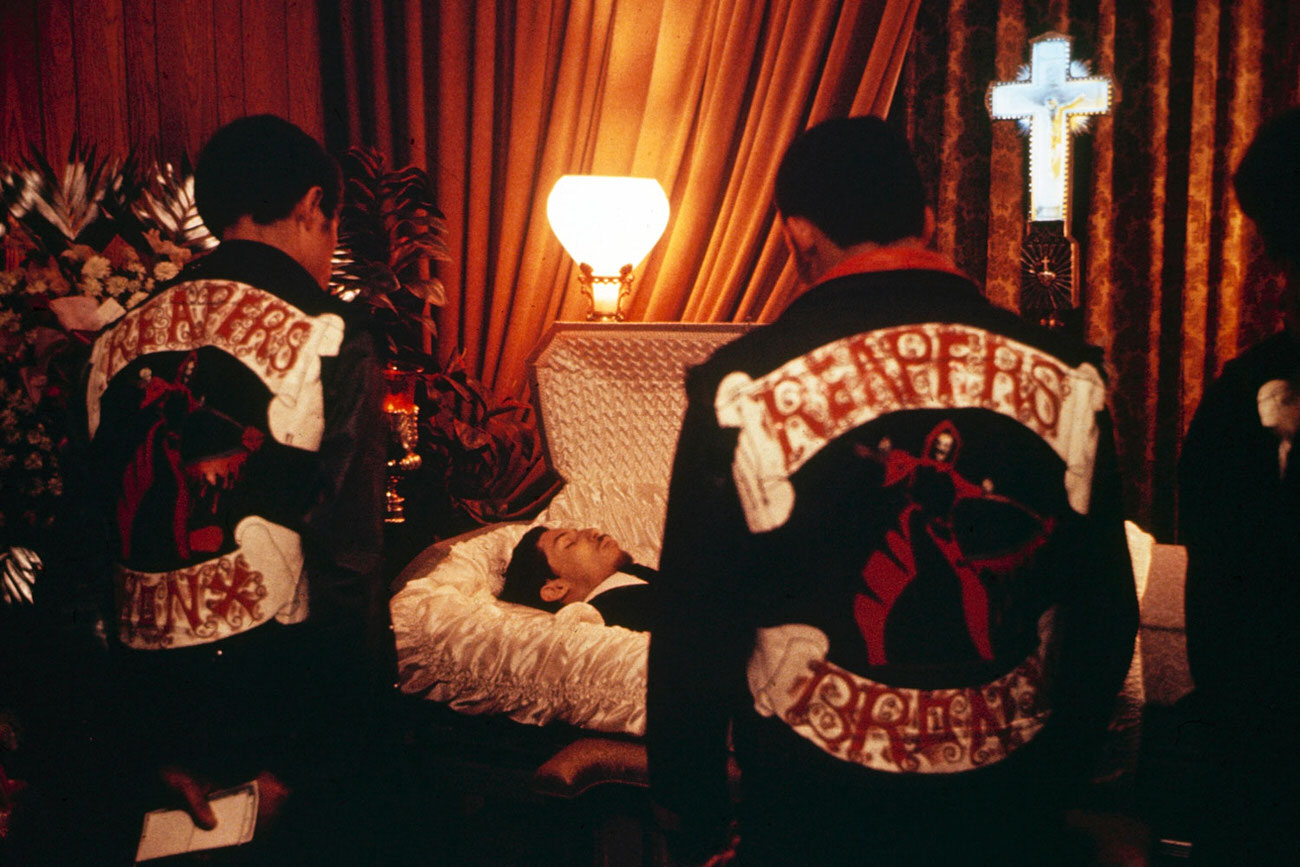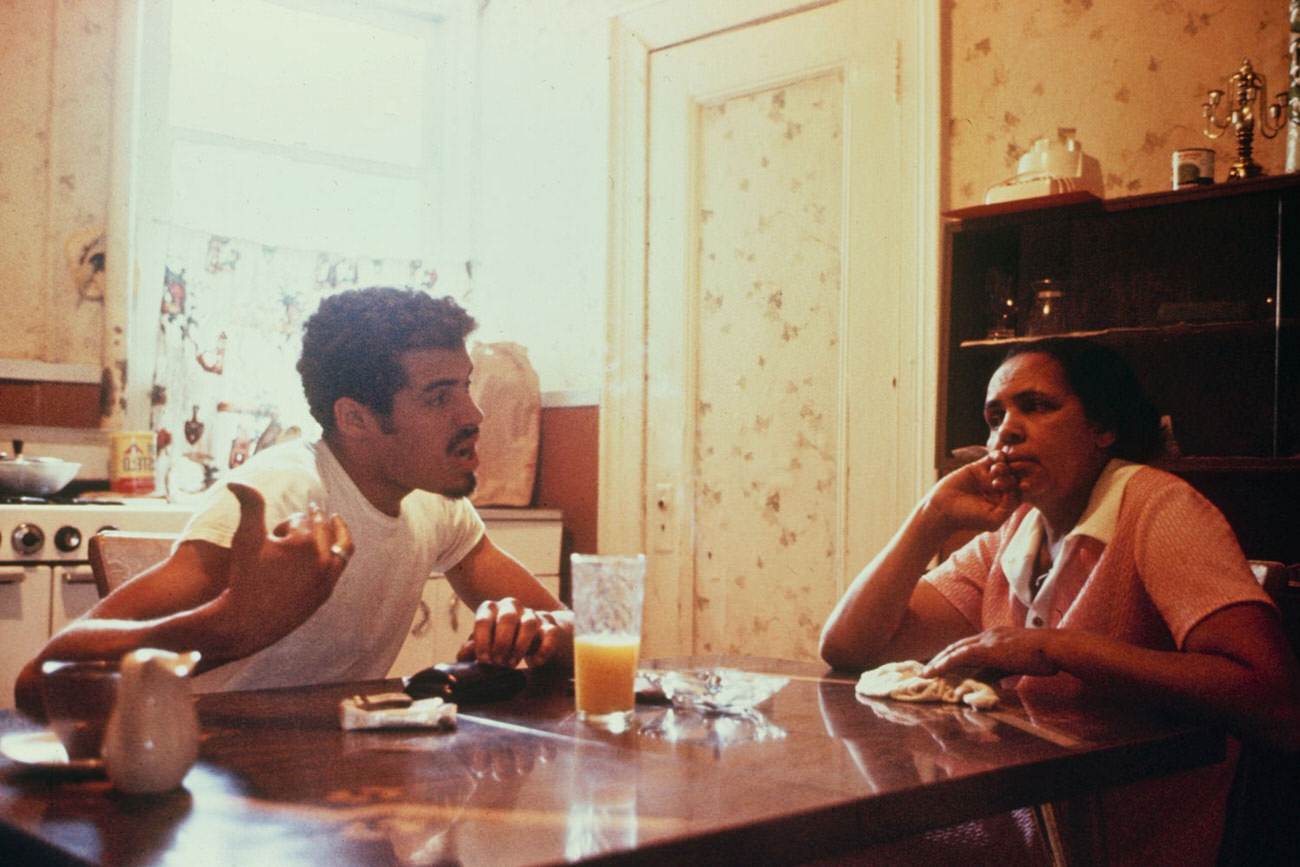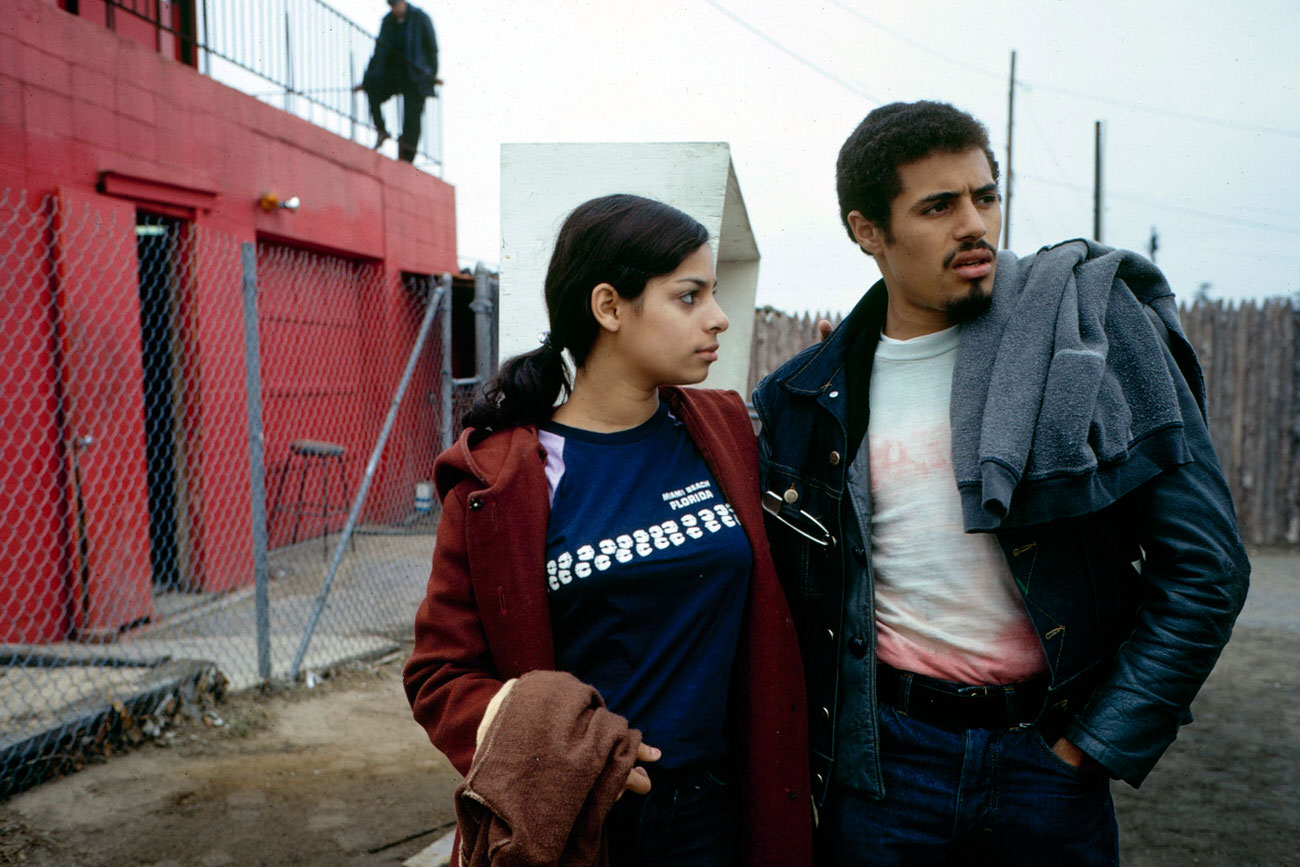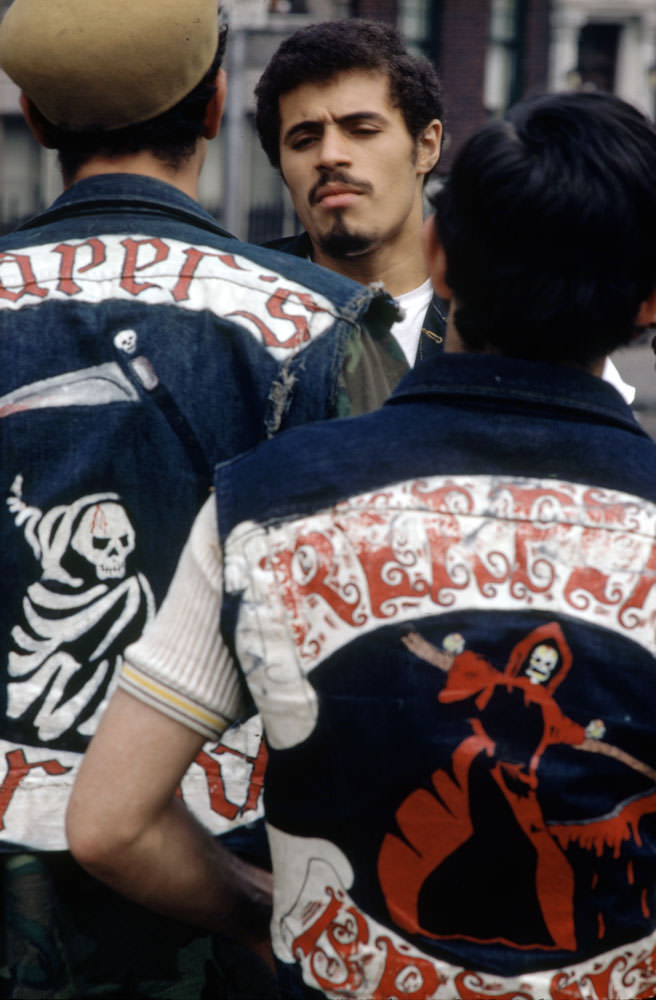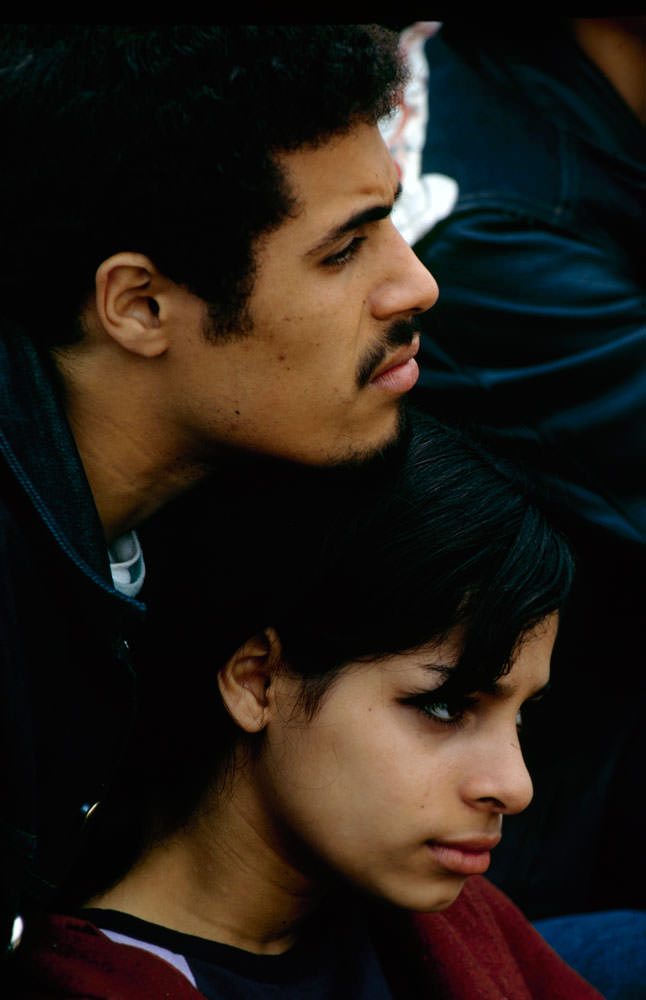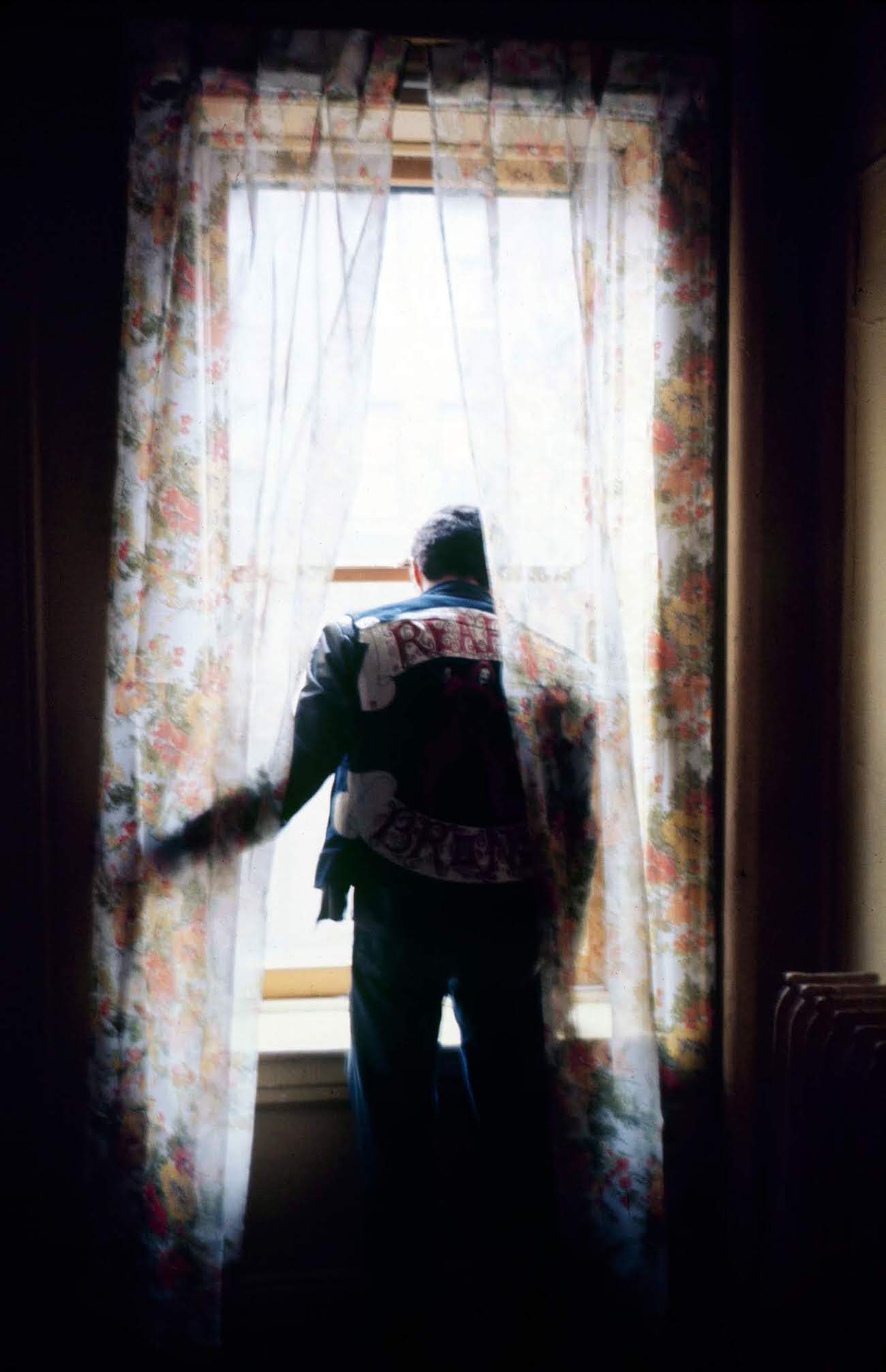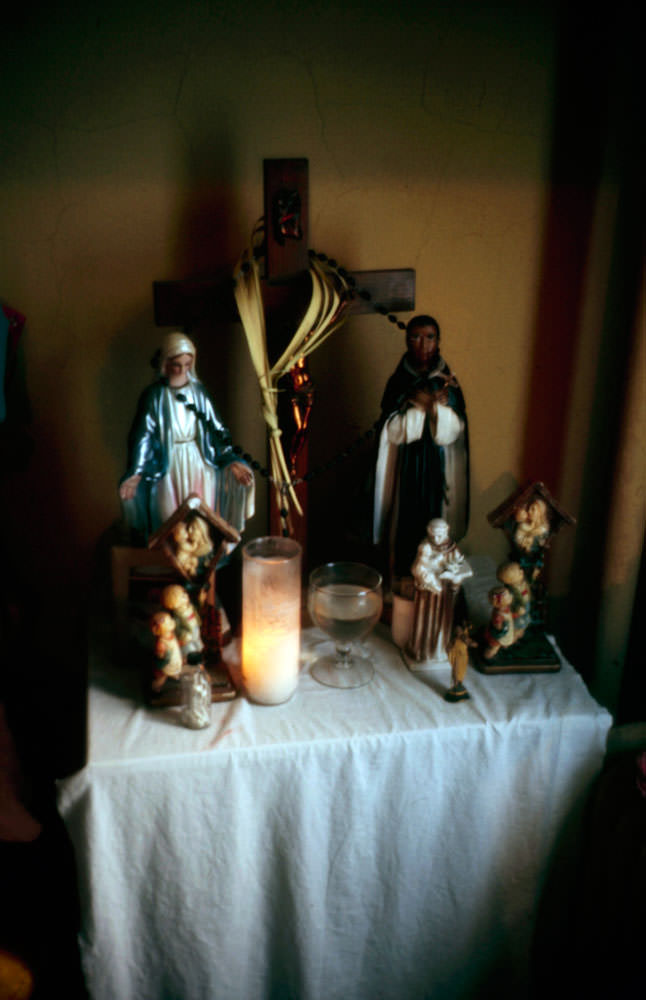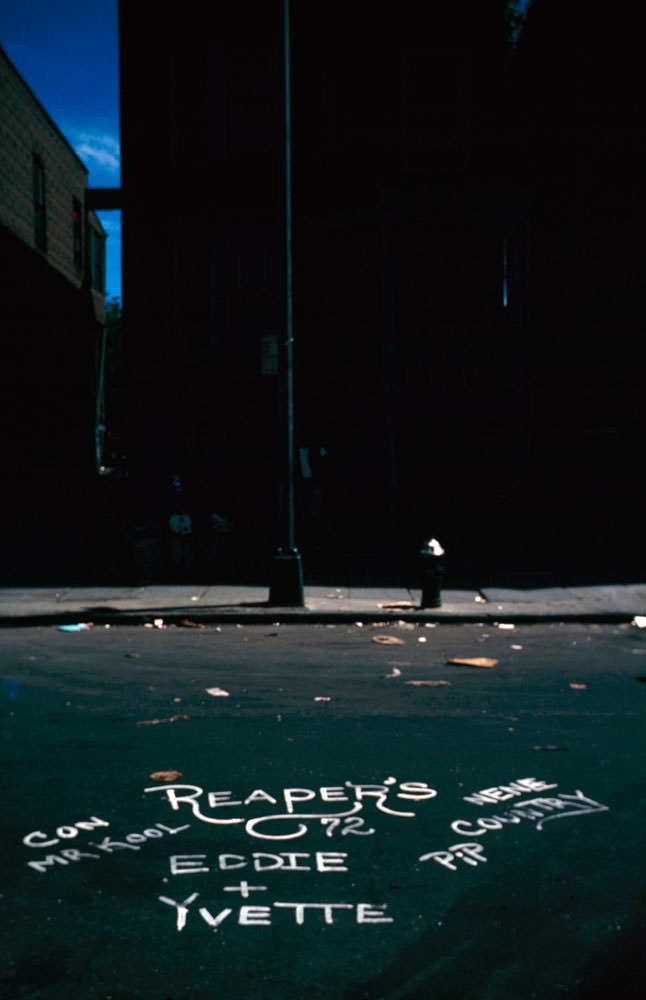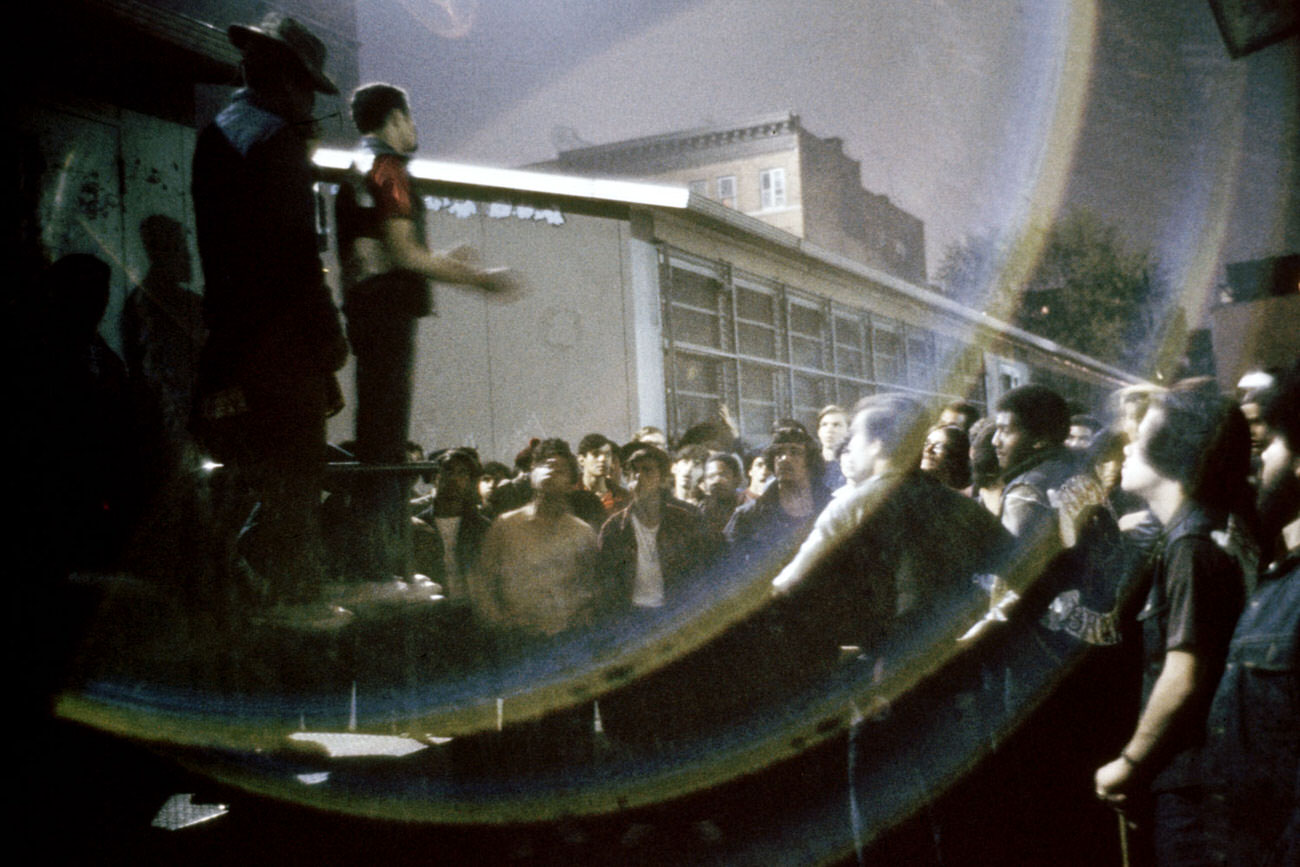In the 1970s, street gangs became a significant part of life in New York City. These groups often formed in response to poverty, crime, and a lack of opportunities. Many young people sought belonging and protection within these gangs. One of the most notable gangs during this time was the Reapers, based in the South Bronx. Their story illustrates the complex world of street gangs in New York.
The Rise of Street Gangs
Street gangs have existed in New York City since the 19th century. They started as small groups of young men who looked out for one another in tough neighborhoods. Over time, these groups grew larger and became more organized. The 1960s and 1970s saw a spike in gang activity, especially in poor areas like the South Bronx. Unemployment was high, and many families struggled to make ends meet. This environment created a breeding ground for gangs.
These gangs often had their own identities, symbols, and territories. Members would wear specific colors or designs to show their affiliation. This created a sense of pride and unity among gang members. However, it also led to conflict with rival gangs. Violence was common, as gangs fought for control of neighborhoods and resources.
Read more
The Reapers Gang
The Reapers were one of the prominent gangs in the South Bronx during this time. They were known for their distinctive colors and symbols. The gang had a strong bond among its members, who often came from similar backgrounds. Many were young men looking for a way to escape their difficult circumstances. The Reapers not only protected their territory but also tried to create a community for themselves.
Eddie Cuevas, the charismatic president of the Reapers, played a key role in shaping the gang’s identity. He was known for his artistic flair and had designed the Reapers’ colors. Cuevas believed in expressing individuality through art and style. This creativity set the Reapers apart from other gangs and drew attention to their cause.
In August 1972, LIFE magazine published a groundbreaking article about street gangs, focusing on the Reapers. The magazine hired a young photographer named John Shearer to capture their daily lives. Shearer was only the second African-American photographer hired by LIFE and had a unique perspective. He understood the challenges faced by the Reapers and wanted to tell their story with respect.
Before taking photos, Shearer visited the South Bronx several times without his camera. He wanted to understand the community and earn the trust of the Reapers. This was not easy, as many gang members were suspicious of outsiders. One morning, while sitting outside a bodega, Shearer met Eddie Cuevas. This chance encounter changed everything for him.


